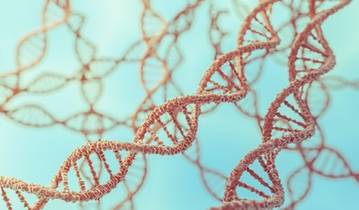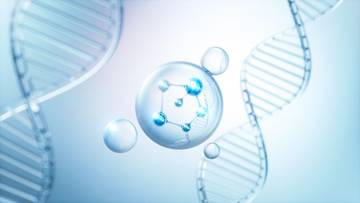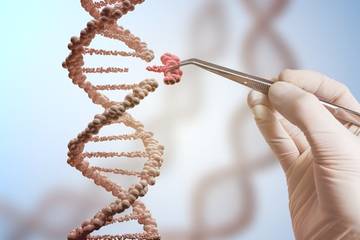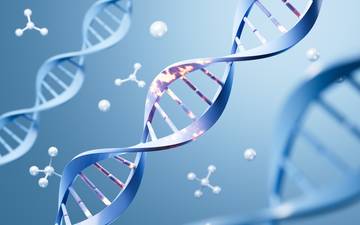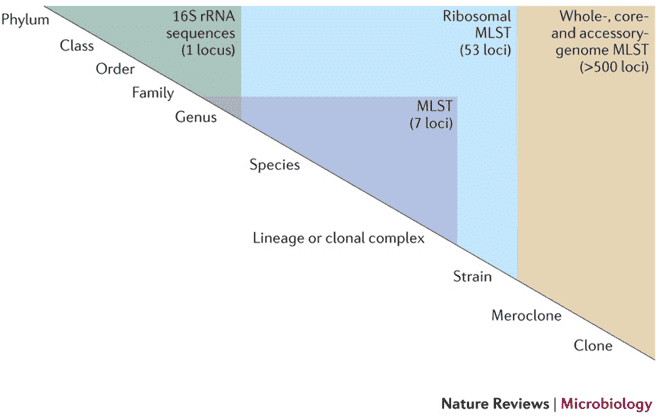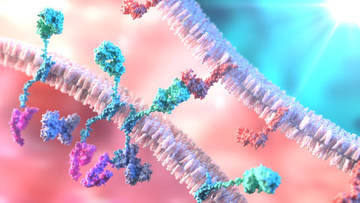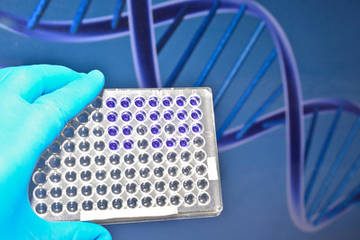Microorganisms can be found everywhere, in the coldest or hottest environment, in the air, in water, in soil, in plants, and even inside the human body. These organisms have a big contribution to the ecosystem and to the biosphere as a whole. They have existed even before the earth was habitable for other organisms such as plants and animals. In fact, studies have shown that all organisms have evolved from a single prokaryote or more commonly known as the Last Universal Common Ancestor (LUCA). Today, it has been estimated that there are about one trillion species of microorganisms in the world and 99.999 percent are not yet known and still need to be classified.
The study of microorganisms has been highly dependent on technology. Several scientists have contributed to the discovery and understanding of microorganisms. In the beginning, the use of microscopy has paved the way for the discovery of microorganisms and to visualize their physical characteristics. Robert Hooke, an English mathematician and natural historian was one of the first to use a microscope to observe the fruiting bodies of molds. Biochemical tests were also useful in determining the biological processes that occur inside microbial cells and their impact on the environment. Gram staining, a technique designed by Hans Christian Gram, is still being used today in order to distinguish and classify bacterial species into gram-positive and gram-negative based on their membrane composition. Lastly, in the recent advancement of technology, sequencing techniques have become a very useful tool in studying microorganisms. Metagenomics and metatranscriptomics have help in discovering and classifying microorganisms that are not easy to culture in the laboratory, even the ones that cannot be cultured at all (viable but not culturable organisms).
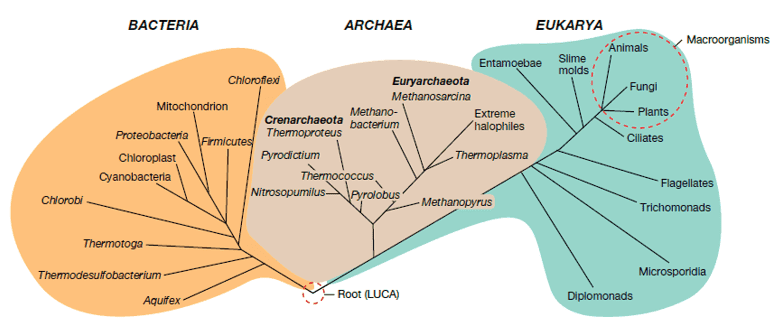 Figure 1. An illustration of the phylogenetics of bacteria, archaea, and eukarya. (Madigan 2019)
Figure 1. An illustration of the phylogenetics of bacteria, archaea, and eukarya. (Madigan 2019)
Microorganisms are distributed in all three domains of life. The illustration above summarizes the phylogenetic relationship of all microorganisms based on ribosomal RNA sequencing. As mentioned, all organisms have been rooted in LUCA and diverged into three different domains, namely Bacteria, Archaea, and Eukarya.
Bacteria are prokaryotic microorganisms meaning that they do not have a true nucleus and membrane-bound organelles. Bacteria are a diverse group of organisms in terms of physical features such as size and shape, physiological attributes, and genetic make-up. Bacterial species such as E. coli, Pseudomonas, Salmonella, etc., are commonly used as model organisms in the study of microbiological concepts in physiology, health, food, and ecology. Some bacterial species are also known to be useful to humans in terms of food and drug development, while others are pathogenic and cause a variety of infections and diseases in plants and animals.
Archaea are similar to Bacteria in terms of cellular structure but are very different in terms of physiological and morphological attributes. Archaea are known to occupy extreme environments such as volcanic craters, permafrost, deep-see, high saline environments, etc., thus they are often referred to as Extremophiles. Archaea can be found widely in nature; some are even found in the guts of animals and humans. There is very limited information about archaea due to the fact they are found in extreme environments and it is difficult to cultivate it in the laboratory. Most of the time, metagenomic sequencing is done to characterize this group of microorganisms.
Eukarya, the alternative to bacteria, have well-composed membrane-bound cellular structures. Microbial eukaryotes include algae, protozoa, and fungi. Members of this domain vary greatly in terms of physiological and morphological characteristics. Yeasts such as Saccharomyces sp. are also used as model organisms to demonstrate physiological and biochemical activities in eukaryotic cells. Other microbial eukaryotes can either be beneficial, such as fungi used in fermentation processes, or harmful, such as pathogenic fungi and protozoa.
Another notable group of microorganisms is viruses. Although viruses are not considered as living organisms, they are distinguished because of their contribution to nature. Viruses are a diverse group of obligate parasites that infect bacteria, microbial eukaryotes, and other complex eukaryotes. They infect their host in order to use their replication machinery in order to produce more viral structures to infect other cells. Viruses are commonly used as vehicles for genetic variation due to their capability to deliver genetic materials inside the host cell.
Microorganisms regardless of their size are essential to the normal functioning of the natural processes. They can either be beneficial or harmful to humans and other life forms. We have so much more to learn from these organisms and we have unlocked only about 0.001% of all microbial species on the planet. Studies on microorganisms give us an idea of how to make our daily lives better.
References
- Bakalar, N. Earth may be home to a Trillion Species of Microbes. 2016, Colco. R. Gram Staining. Current Protocols in Microbiology. 2005, 00(1).
- Madigan, M.T., Bender, K.S., Buckley, D.H., et al. Biology of Microorganisms. 15th ed. Pearson Education, 2019.


 Figure 1. An illustration of the phylogenetics of bacteria, archaea, and eukarya. (Madigan 2019)
Figure 1. An illustration of the phylogenetics of bacteria, archaea, and eukarya. (Madigan 2019)